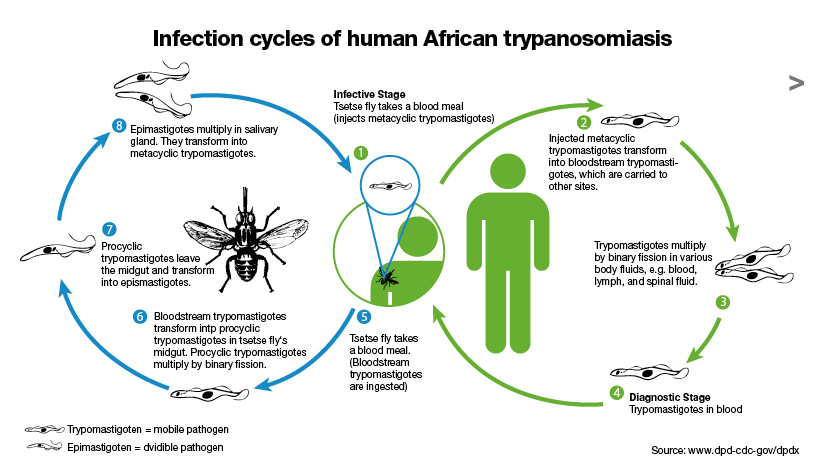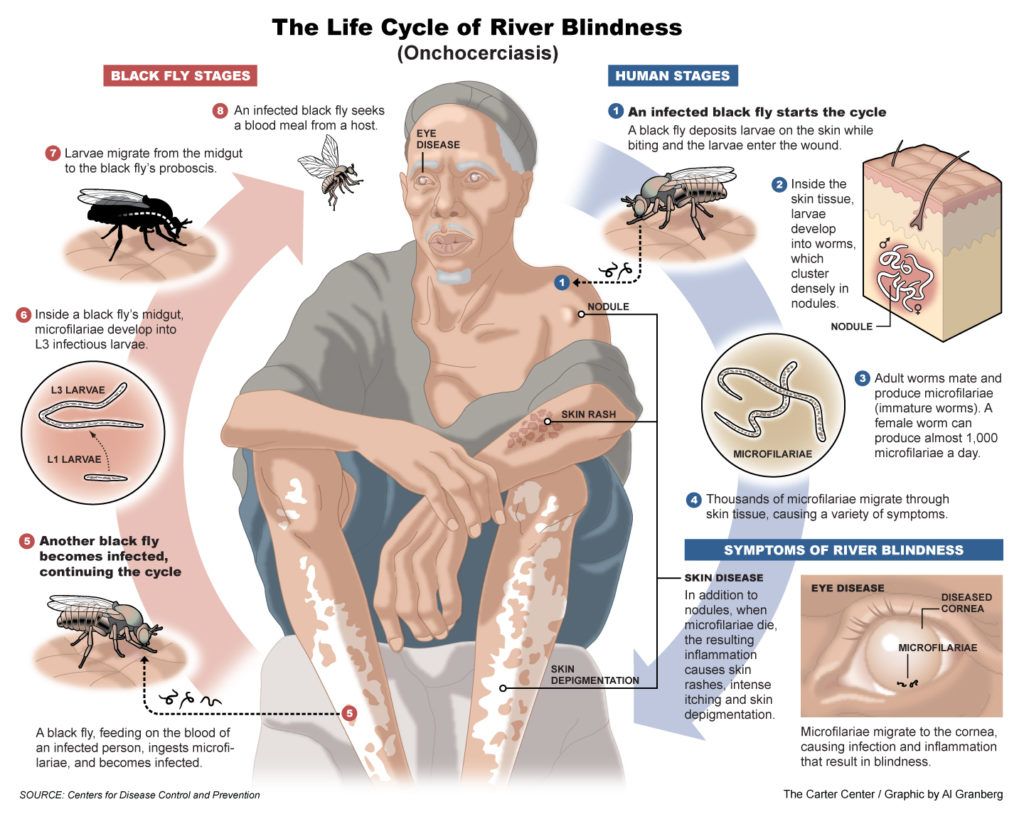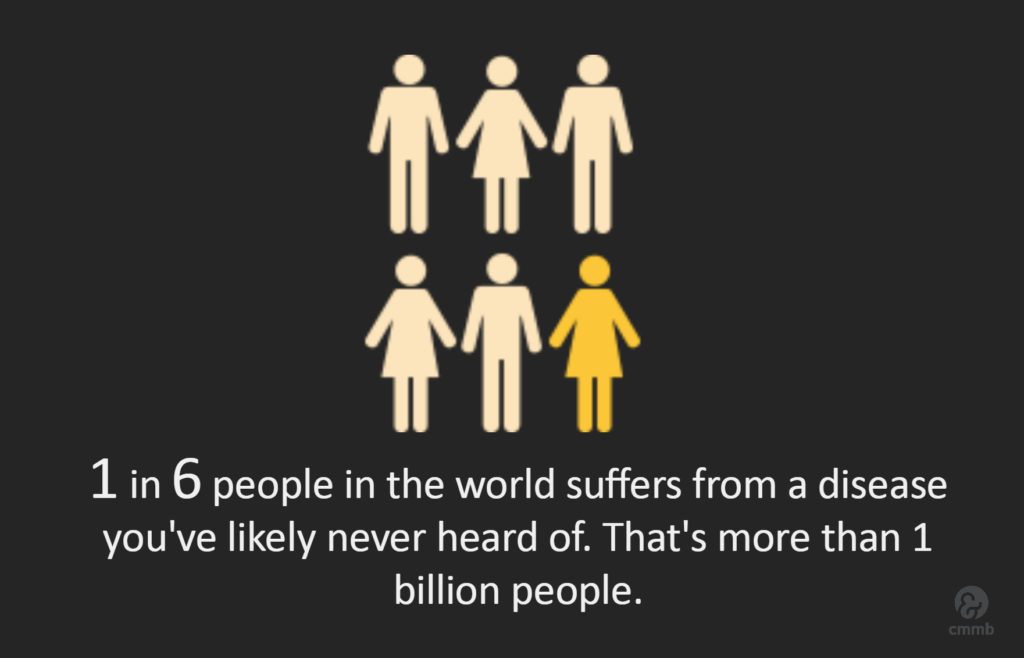Attending to Neglected Tropical Diseases

CMMB’s CEO and president, Bruce Wilkinson, attended ExL’s Neglected Tropical Diseases FORUM held in Boston on October 26th and 27th. The event provided participants with a platform to explore the benefits and logistical challenges of multi-sector partnerships in the arena of neglected tropical diseases. Bruce reflects on this event below.
Neglected tropical diseases (NTDs) affect the lives of more than a billion people worldwide, especially women and children living in the poorest countries.
Unfortunately, funding for research and treatment of these diseases is significantly less than other diseases. This info-graphic from Thomas Reuters Web of Knowledge and the WHO provides a sobering visual illustration of this:

*NOTE: The exact number of people impacted by HIV/AIDS fluctuates between 30.8 million and 42.9 million.
The World Health Organization defined NTDs as a “diverse group of communicable diseases that prevail in tropical and subtropical conditions in 149 countries – affecting more than one billion people and cost developing economies billions of dollars every year. Populations living in poverty, without adequate sanitation and in close contact with infectious vectors and domestic animals and livestock are those worst affected.”
NTDs such as dengue, River Blindness, trachoma, and sleeping sickness are called “neglected,” because historically, they have not received as much attention (research, treatment) as other diseases, and they tend to affect the world’s poor.
Highlighted Neglected Tropical Diseases
Human African trypanosomiasis (sleeping sickness): Sleeping sickness is a parasitic infection spread by the bites of tsetse flies. Without prompt diagnosis and specifically skilled treatment, sleeping sickness is almost 100% fatal as it invades the central nervous system. This disease occurs in 36 sub-Saharan African countries.
Onchocerciasis (River Blindness): River blindness is an eye and skin disease that is caused by a worm (Onchocerca volvulus). It is transmitted through the bite of an infected black fly. Once in the human body, the female worm produces thousands of larvi which migrate to the skin and eyes. Once these worms die they become extremely toxic causing lesions that after years of exposure can lead to irreversible blindness or disfiguration of the skin.
My Learnings
During the two days, key stakeholders and experts presented on key issues including the impact of multi-sector partnerships on sustained funding, clinical development, and regulatory and market access challenges associated with NTD treatments.
As a participant, I understood that addressing the challenges of NTDs will compel all actors to work on innovative approaches to achieve impact. The World Health Organization has prioritized 18 diseases out of more than 100+ potential candidates. Within this list of diseases are those that disproportionately affect women and children, due to biological but primarily socio-cultural reasons (such as water-based and child-care activities).
At CMMB’s core is a laser focus on women and children who are often denied access to quality healthcare. Our vision is of a world where every human life is valued and health and human dignity are shared by all. Thus, we are compelled to place NTDs as integral to our work in the 35 countries where we work. Growing Partnerships between governments, pharmaceutical companies, and nonprofits like CMMB are an effective means of helping reduce these diseases.
Facing Challenges for Change
As with many forums where we attempt to solve the big issues like NTDs we may at some juncture feel a bit overwhelmed by the inherent challenges. Yet with NTDs we need to remind ourselves that many global health issues with similar complex challenges are being effectively addressed.
For example, over the past 20-25 years, we have seen infant mortality cut in half (despite increasing population), a 60% drop in malaria deaths, and the HIV/AIDS pandemic brought under control.
We have also witnessed innovative partnerships from a range of actors, completely new funding partners, increased investments in clinical research and drug development, new Global and National governance policy adoption, and a general mobilization of the will to achieve impact.
The ‘seeds of solutions’ for the NTD challenges are already within reach. We just need to take these lessons and practices and move forward. CMMB stands ready to help and promote an NTD free world.
Support our work


